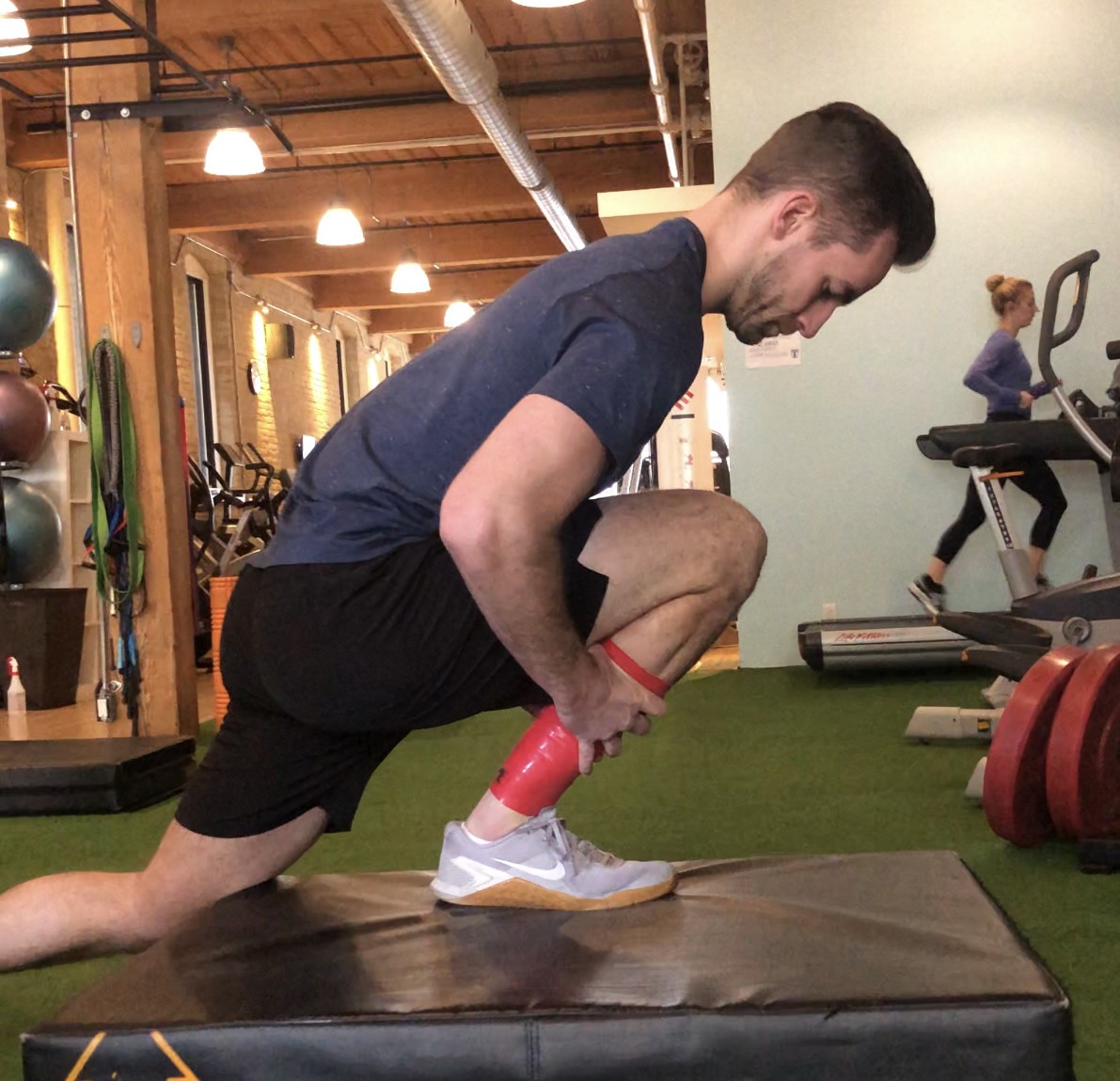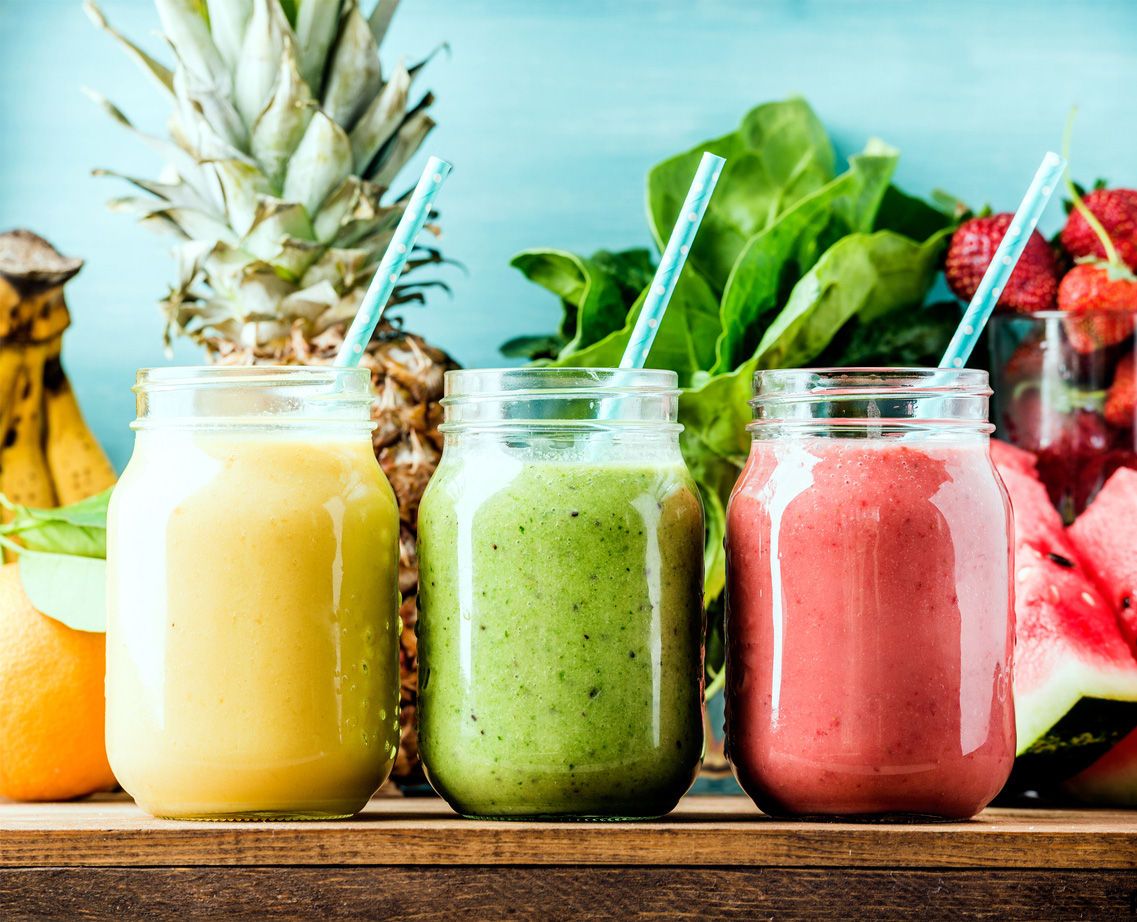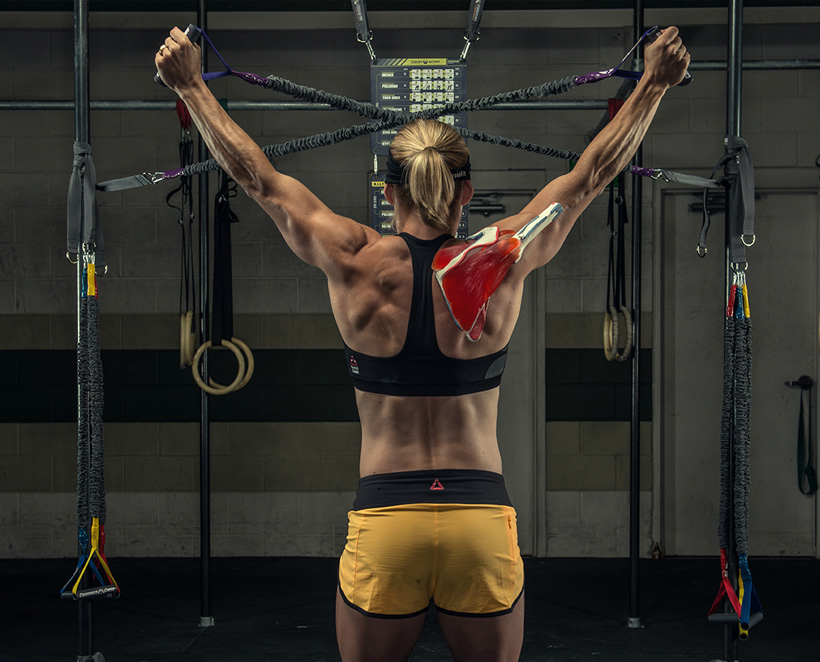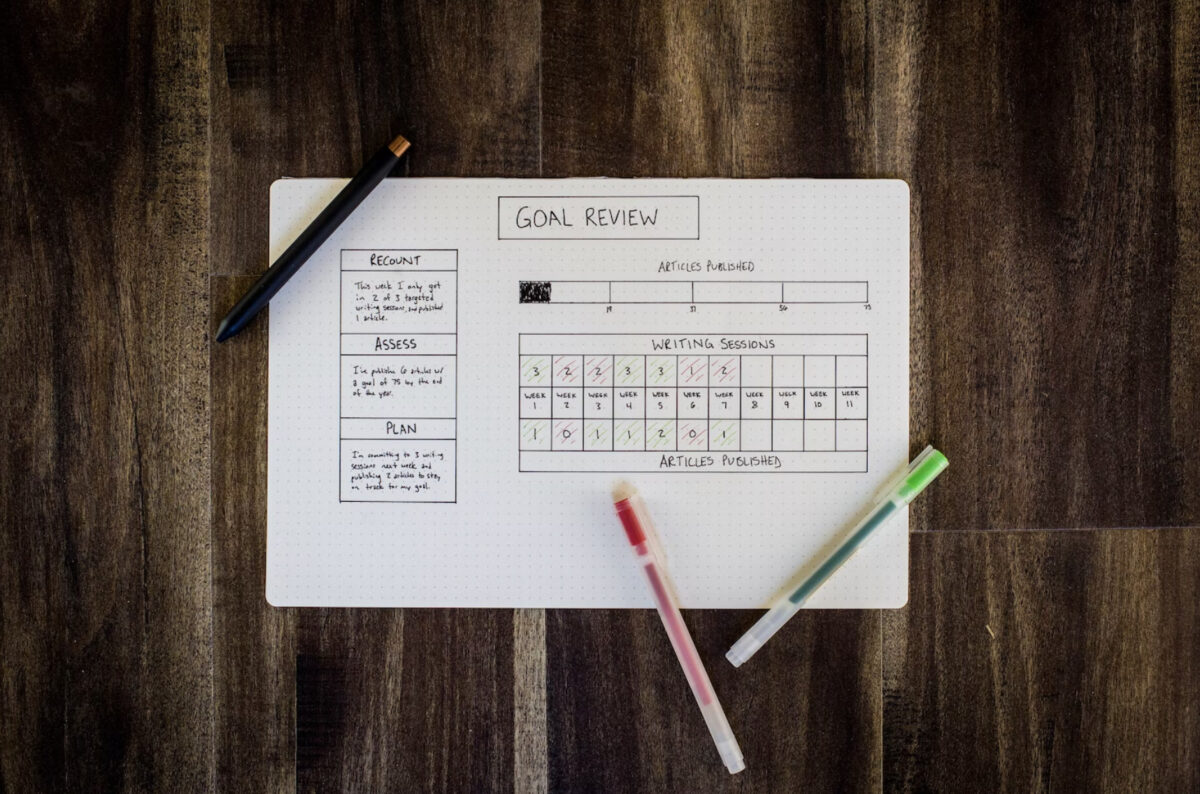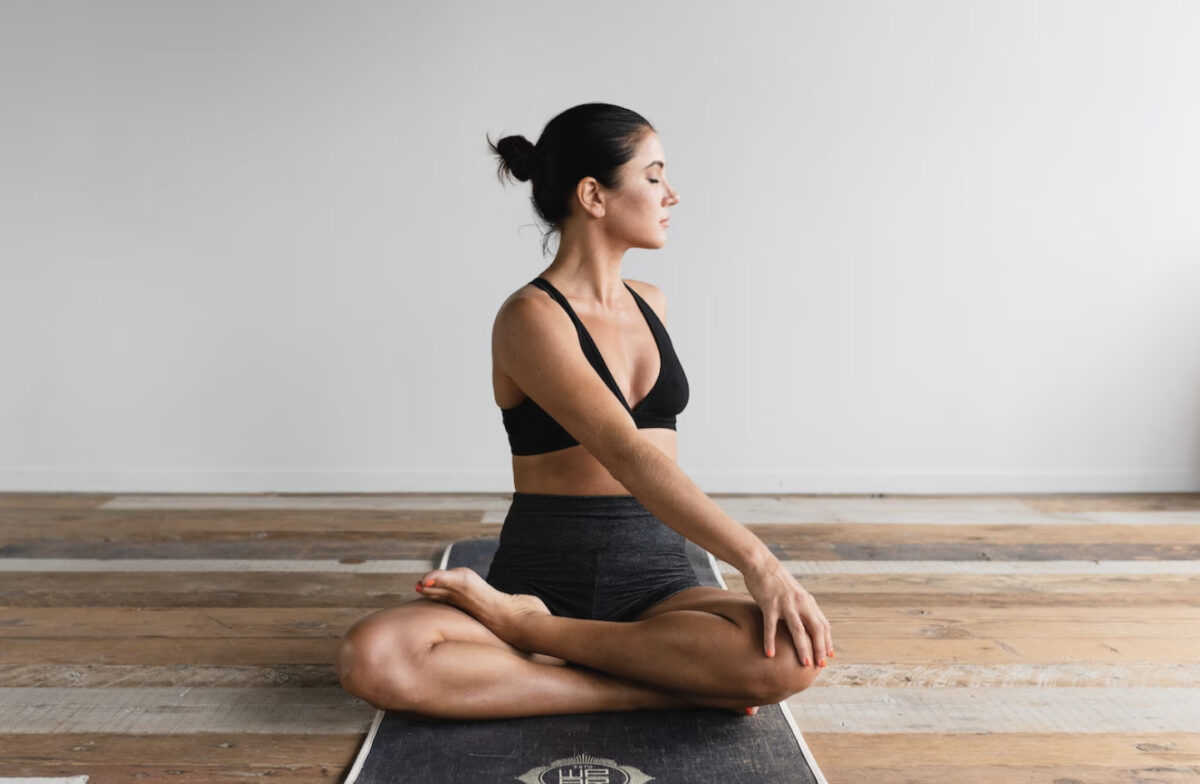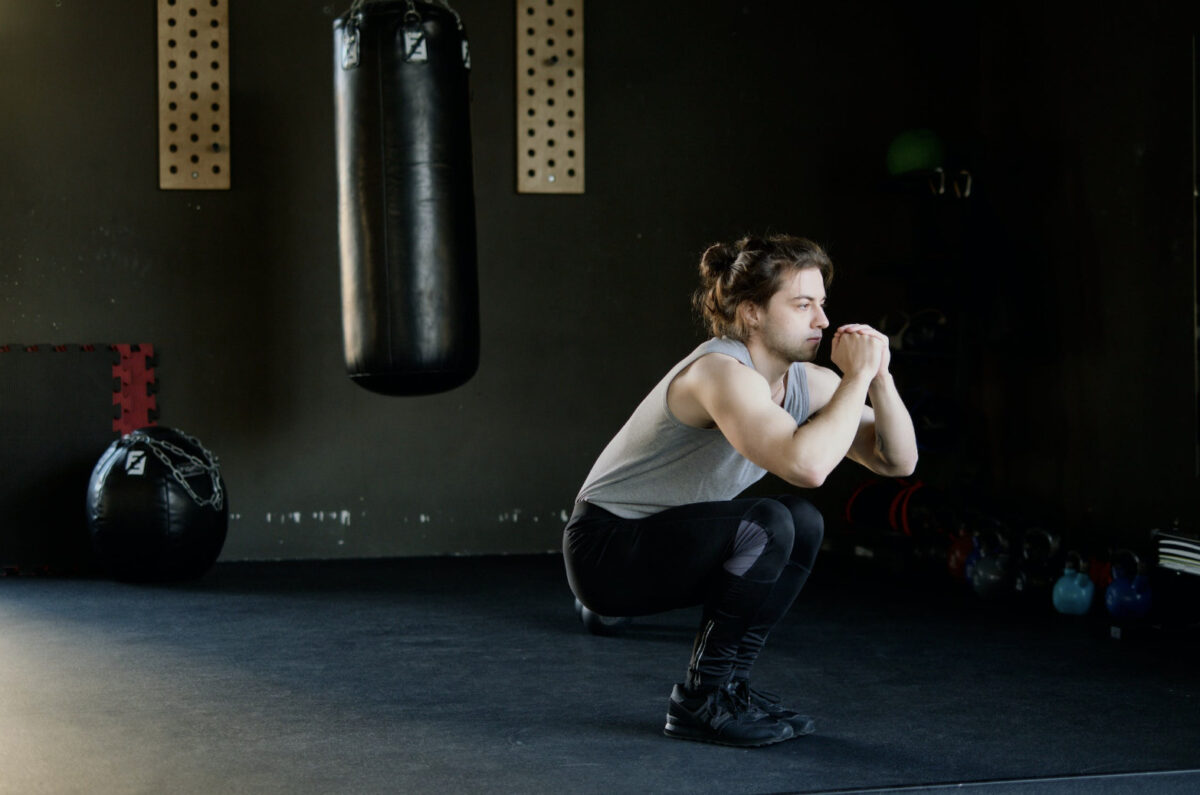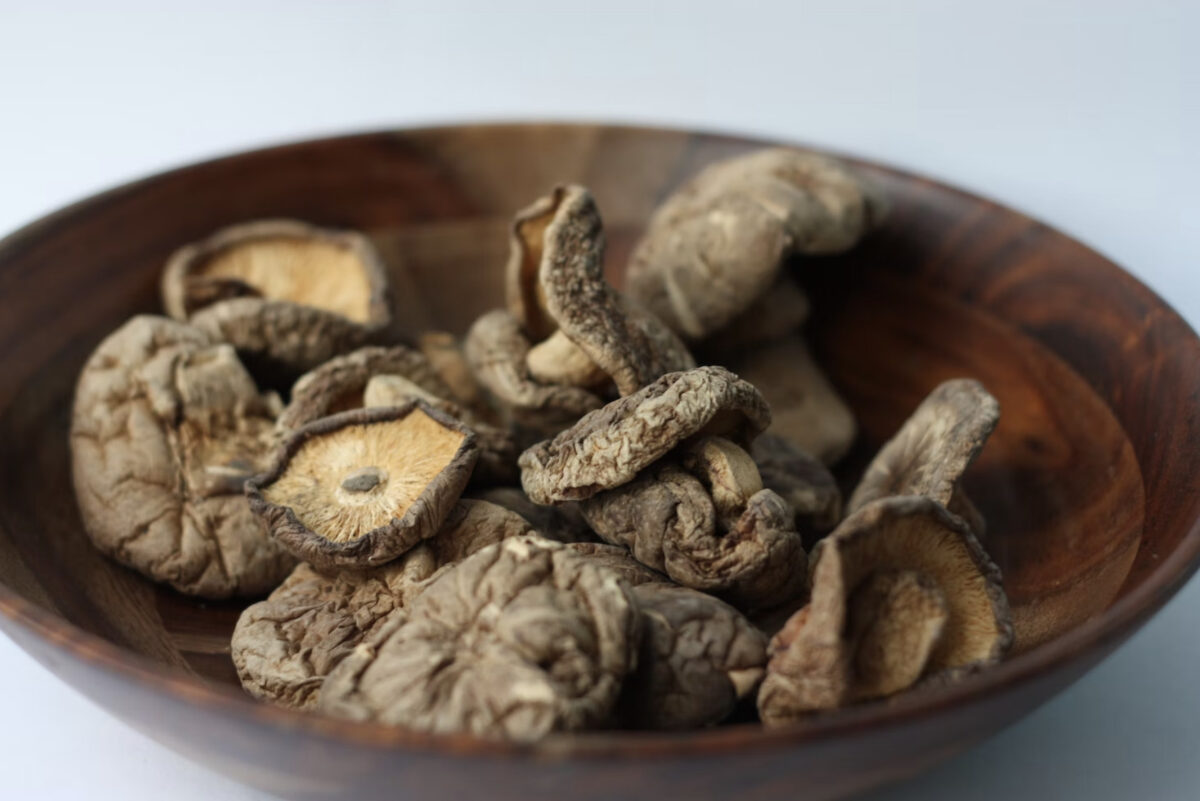By Dr. Gavin O’Handley
Voodoo floss, also known as compression band floss, is a flexible elastic band that is used as a form of self-myofascial release therapy. It is made of latex-free material and can be easily wrapped around a specific body part such as a joint or muscle group. Voodoo floss has gained popularity among athletes, Chiropractors, Physiotherapists, and fitness enthusiasts due to its numerous benefits. In this post, we will discuss some of the benefits of Voodoo Floss.
- Increased Mobility: If you have ever used a foam roller or percussion gun, chances are you have heard of Myofascial Release. Voodoo floss can help to increase mobility by breaking down adhesions and scar tissue that may be limiting movement in a joint or muscle group. Flossing is a form of release because you’re physically compressing the fascia via pressure. As you move the muscles around the compressed area, the adhesions and restrictions get broken down and dissipate. You’re getting rid of all the ‘gook’ between the muscle and fascia, the way you would get rid of plaque between two teeth. Resulting in the ability to move more and with less pain.
- Improved Circulation: Compression band floss can also help to improve circulation in the affected area. By applying pressure to the tissues, blood flow is temporarily reduced followed by flooding it with a significant rush of nutrient and oxygen rich blood which can aid in the healing process and reduce inflammation.
- Improved Recovery: Using voodoo floss as a form of self-myofascial release therapy can also help to improve recovery time. By breaking down adhesions and scar tissue and improving circulation, the body can more effectively repair and rebuild damaged tissues.
- Saves you time: In a minute-over-minute comparison, flossing offers more benefit than foam rolling. Flossing and foam rolling both work to release tension in the fascia that surrounds our muscle tissues but flossing makes the process much more efficient by releasing a whole set of tissues, as opposed to one localized muscle at a time. Simply put, flossing is a faster way to relieve knots and trigger points, improve recovery, and get back an extra few minute a day.
In conclusion, voodoo floss can be a valuable tool for anyone looking to improve their mobility, reduce pain, and aid in recovery. It is easy to use, cost-effective, and has numerous benefits for athletes, Chiropractors, Physiotherapists, and fitness enthusiasts alike. However, it is important to note that voodoo floss should be used under the guidance of a healthcare professional or trained practitioner to avoid any potential risks or injuries. See it in action here.
References:
- Gorny V, Stöggl T. Tissue flossing as a recovery tool for the lower extremity after strength endurance intervals. Sportverletzung Sportschaden: Organ der Gesellschaft fur Orthopadisch-Traumatologische Sportmedizin. 2018 Feb.
- Weber P. Flossing: An alternative treatment approach to Osgood-Schlatter’s disease: Case report of an adolescent soccer player. Journal of Bodywork and Movement Therapies. 2018 Oct 1;22(4):860-1.
- Prill R, Schulz R, Michel S. Tissue flossing: a new short-duration compression therapy for reducing exercise-induced delayed-onset muscle soreness. A randomized, controlled and double-blind pilot cross-over trial. The Journal of sports medicine and physical fitness. 2018 Oct.
- Driller M, Mackay K, Mills B, Tavares F. Tissue flossing on ankle range of motion, jump and sprint performance: A follow-up study. Physical Therapy in Sport. 2017 Nov 1;28:29-33.
- Driller MW, Overmayer RG. The effects of tissue flossing on ankle range of motion and jump performance. Physical Therapy in Sport. 2017 May 1;25:20-4.
- Yasuda, T., Brechue, W. F., Fujita, T., Shirakawa, J., Sato,Y., and Abe, T. (2009). Muscle activation during low-intensity muscle contractions with restricted blood flow. J. Sports Sci. 27, 479–489.

